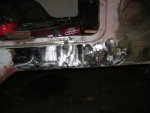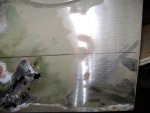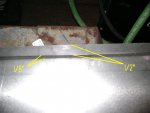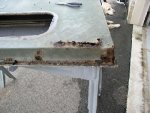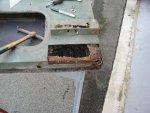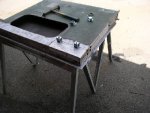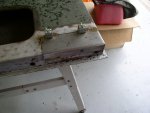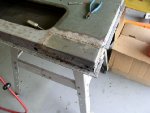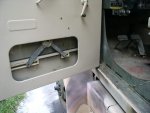It can be done either way, since its an exterior panel you will still need to stitch weld it completely, usually if I'm doing a large long panel like a quarter panel I will flange it help keep warping to a minimum and allow for less weld material to finish off. BUT normall I'll flange my OEM panel (with a pneumatic flanger) and then L cut and butt joint the last porting that meets the door jam, trunk jam ect.
Welding a flange is much easier for a begginer welder, plus you can locate the panel in place with drill screws to position a large panel. All factory panels are flange joints with spot welds, even quarter panel seams are flange joints that are body filled.
In your case, no larger than the panel is, you can go either way. There are more important items for you to concentrate on.
1. Stitch weld only!
2. Make sure you get adequate penetration (alot of first timers have poor penetration, then end up grinding off what poor welds they have, then it cracks)
3. Anytime you do flange a panel use a galvanized weld through coating between the panels.
4. Stitch weld it evenly across the weld joint, clamp it well before you start. Get it tacked in completely then start stitching it in.
5. Most beginners buy a gasless MIG, I cannot stress how much you don't want to weld bodypanels with flux core wire. Flux will work its way out of the weld and the you will end up seeing the welds after time through your bodywork and topcoat. Spend the little extra and get set up with solid wire and gas.
If you get stumped on how to do something, take some good pics and post them up, myself or some of the other body guys will help you out.
Take your time and have fun!



